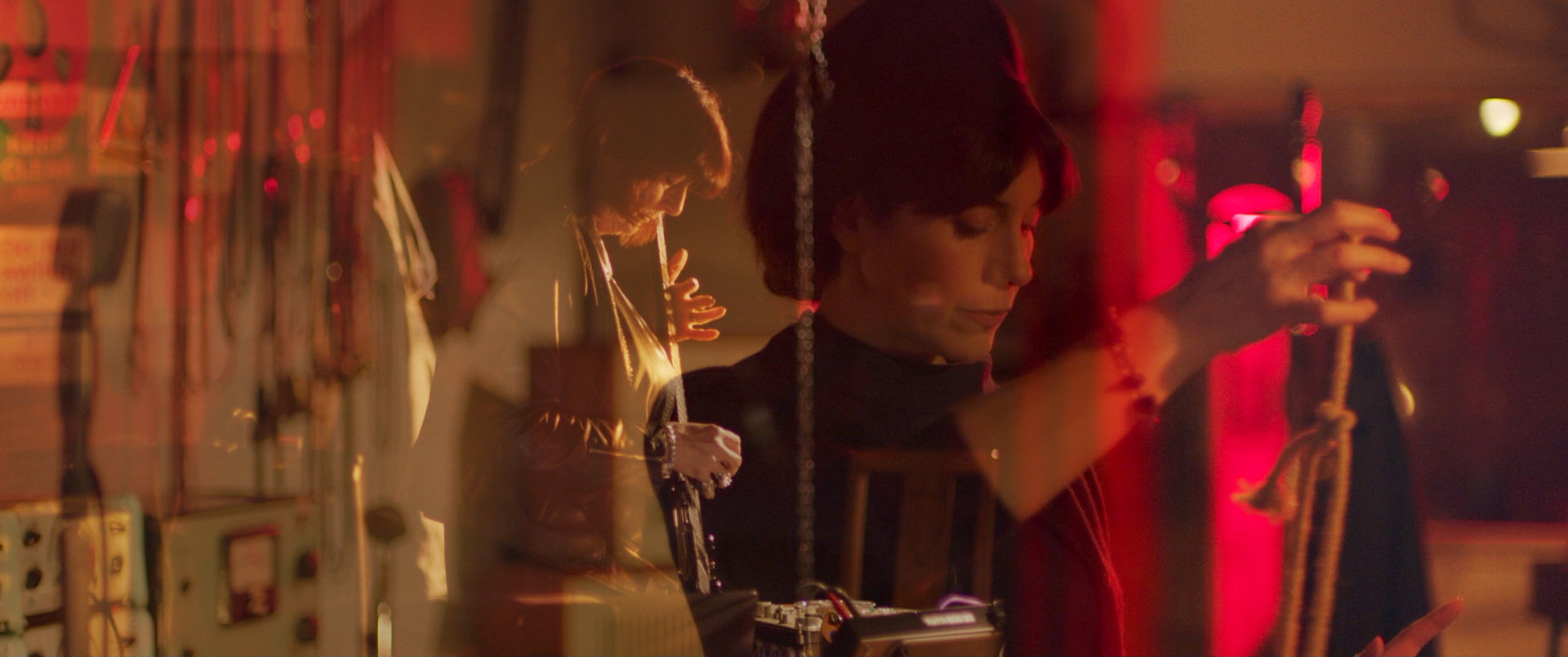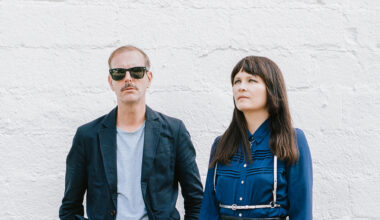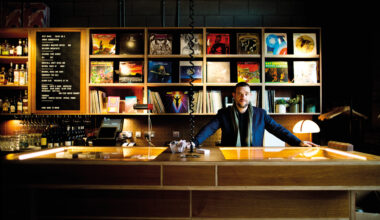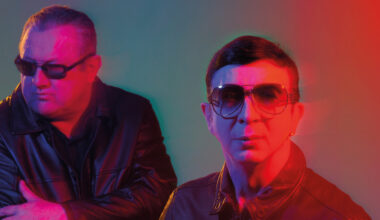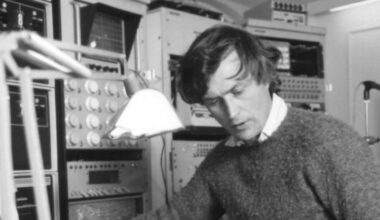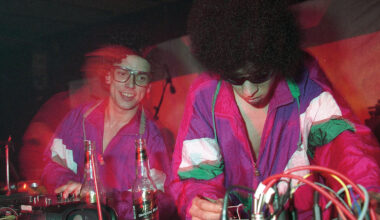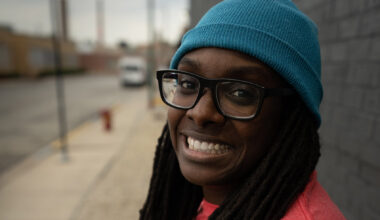Actor, writer and director Caroline Catz and electronic luminary Cosey Fanni Tutti discuss their collaboration on ‘Delia Derbyshire: The Myths And The Legendary Tapes’, a film that takes an immersive trip through the life and work of the Radiophonic Workshop icon
Want to read more?
Sign up to Electronic Sound Premium to gain access to every post, video, special offers, and more. 100%, all you can eat, no commitment, cancel any time.
Already a premium member? Log in here
